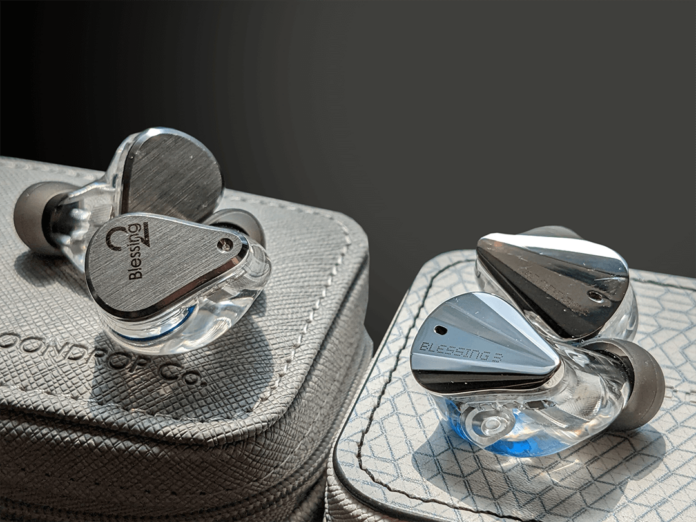Moondrop Blessing 3 vs. Blessing 2 Comparison Review
It may likely go without saying that The Moondrop Blessing 3 is one of the most anticipated IEM releases this year. The Blessing 2 became one of the most popular IEM’s on the market since its release in the summer of 2020, picking up the momentum from where the original Moondrop Blessing left off. The popularity of previous iterations of the IEM isn’t surprising: smooth and non-controversial balances, impressive sound stages, comfortable fits, and most importantly, offering a high value at an affordable price. We see the Moondrop Blessing 3 coming onto the market at $319 – respectably priced identically to the Blessing 2. Let’s see what’s different with the Blessing 3 vs. the Blessing 2 when it comes to style, comfort, design, and most importantly, how they sound.
What’s In the Box?
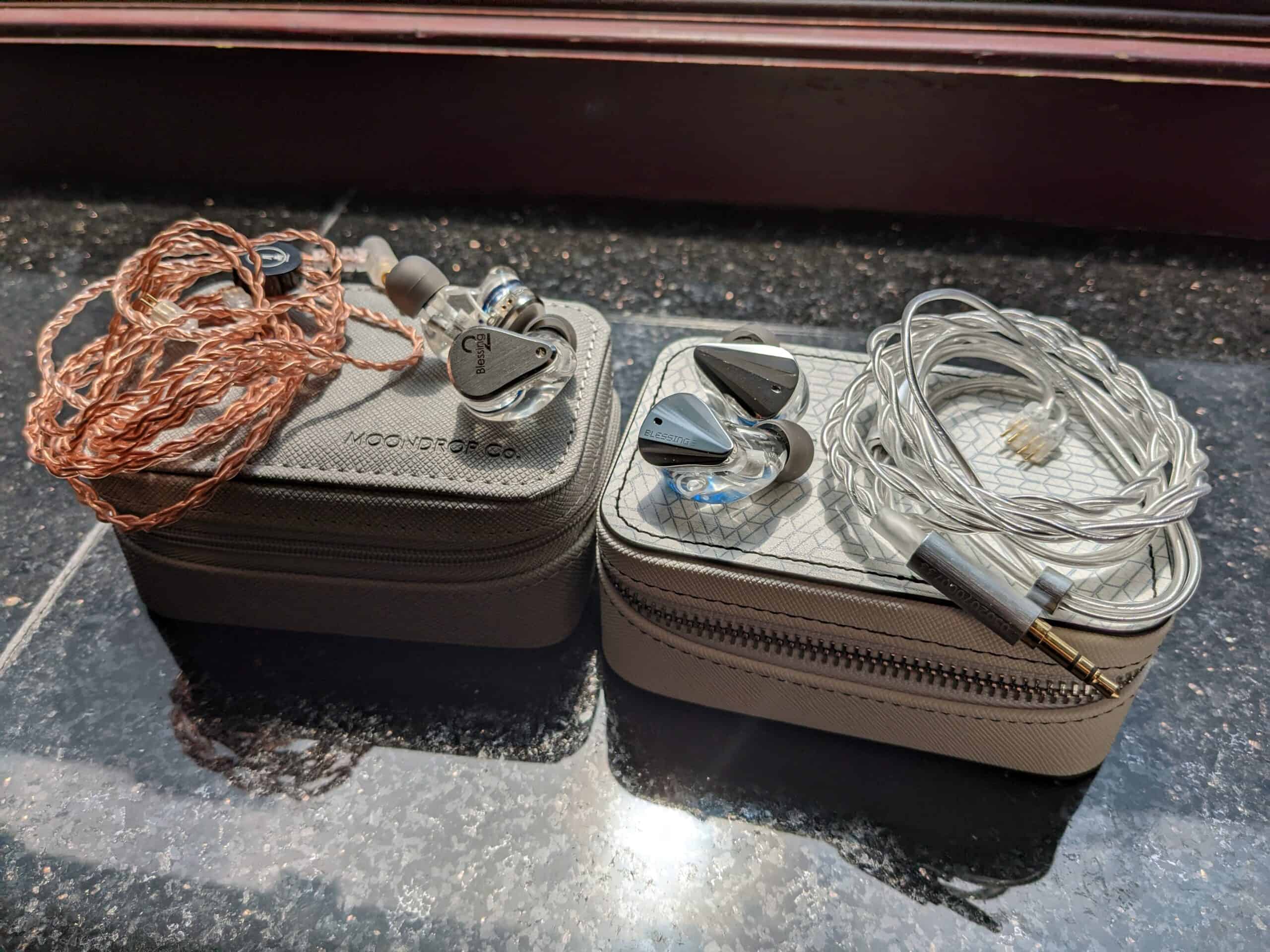
| Moondrop Blessing 2 | Moondrop Blessing 3 |
|
|
Look and Feel
In terms of fit, there’s not a whole lot to go over here, which is probably a good thing. The Blessing 3 is approximately as chunky as the the Blessing 2, but more importantly, just as comfortable. It appears that there may have been slight changes made to the curves and ridges on the chamber-side of the IEM, but after driving myself crazy switching between the two to feel for the differences, it seems to me like the 3 is going to feel a lot like the 2 for most listeners.
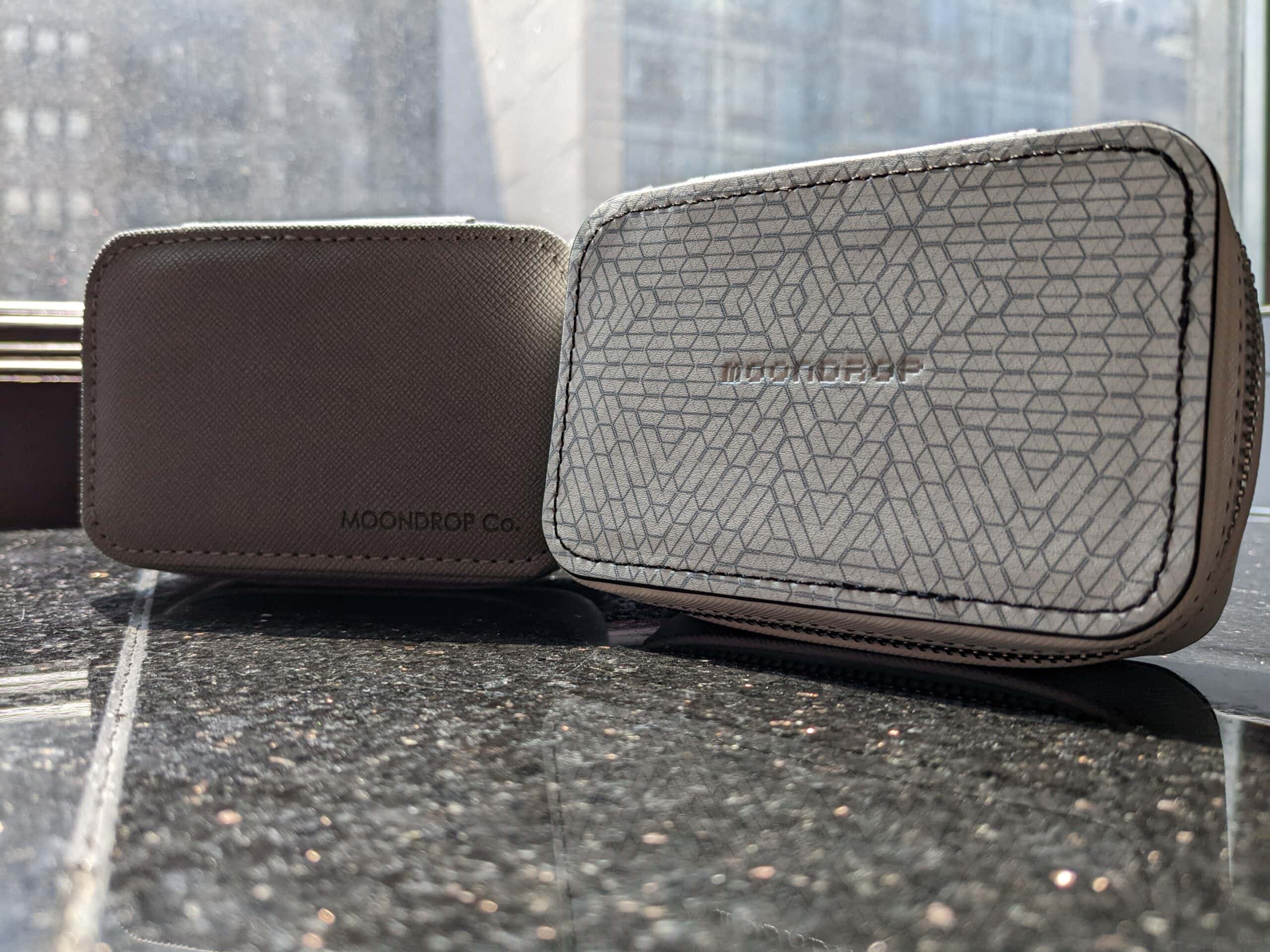
We see nearly identical accessories to the Blessing 2 in the Blessing 3, but notably, a snazzier new style all across the board. Like the the 2, the Blessing 3 features a CNC machined stainless steel faceplate, though it’s now glossier with subtle angular details. It gives the IEM a little more pizzazz, but subjects it to finger smudging and potentially scratching – more of an objective observation than a real criticism. We also see a change to the “Moondrop” font, with the Blessing 3 showcasing a pixel-y aesthetic rather than the solid, more serious typeface we saw on the Blessing 2.
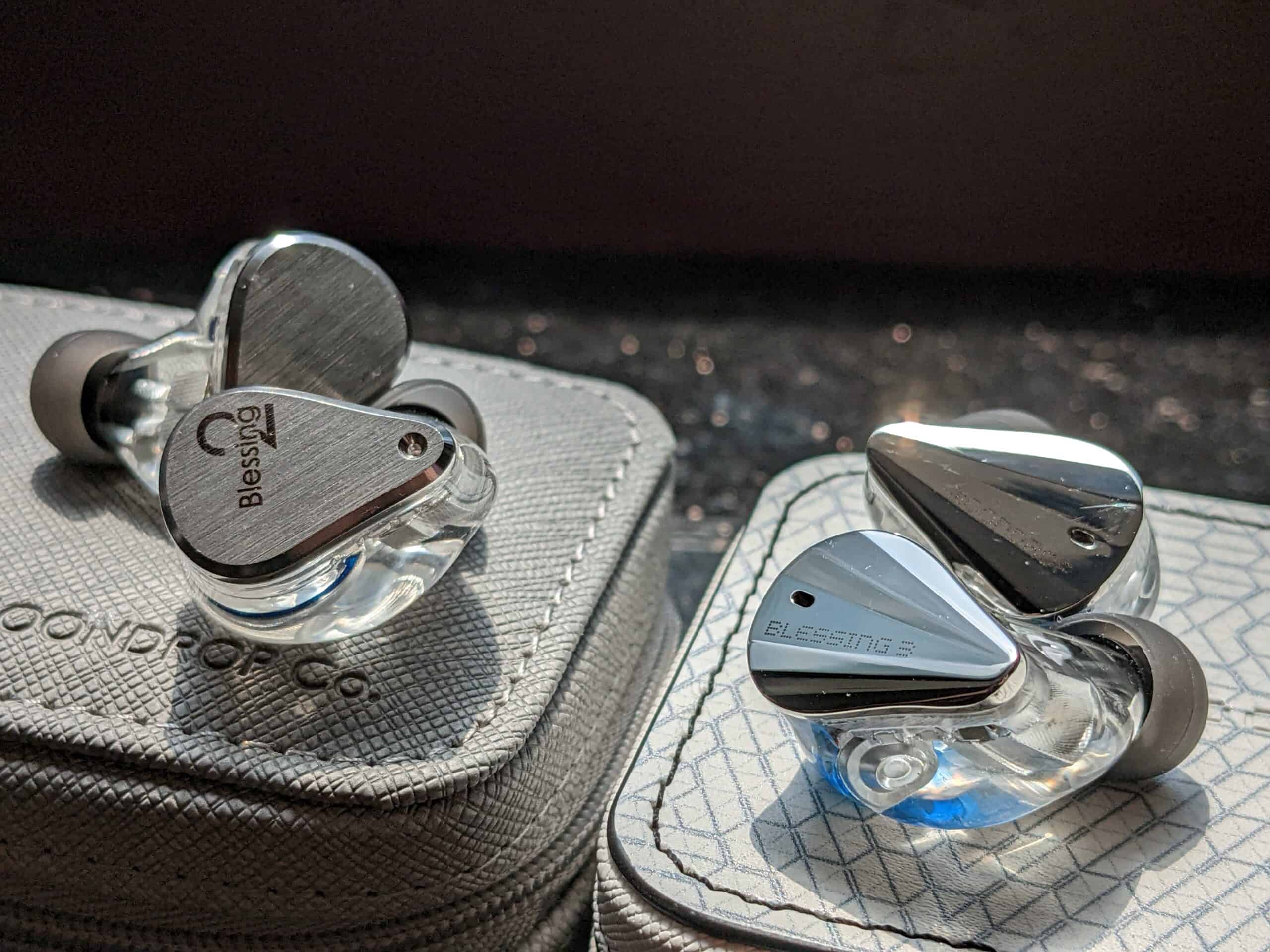
The carrying case and wire see some significant changes as well. The solid grey on the 2’s case has been swapped out for a busier-looking white and blue hexagonal pattern on the case for the 3. My favorite change to see is the new wire that comes with the Blessing 3. While the copper cable included with the Moondrop 2 looks nice in it’s own right, I personally thought it clashed a bit with the IEM’s steel faceplate and resinous housing materials. The silver-plated cable that comes with the Moondrop Blessing 3 seems far more complimentary with the overall look and showcases a thoughtful cohesion throughout the entire package.
Last note I’ll make here is that the Blessing 3 comes in a pretty sexy new box that goes a long way in truly displaying the IEM’s rather than just storing them (pictured below).
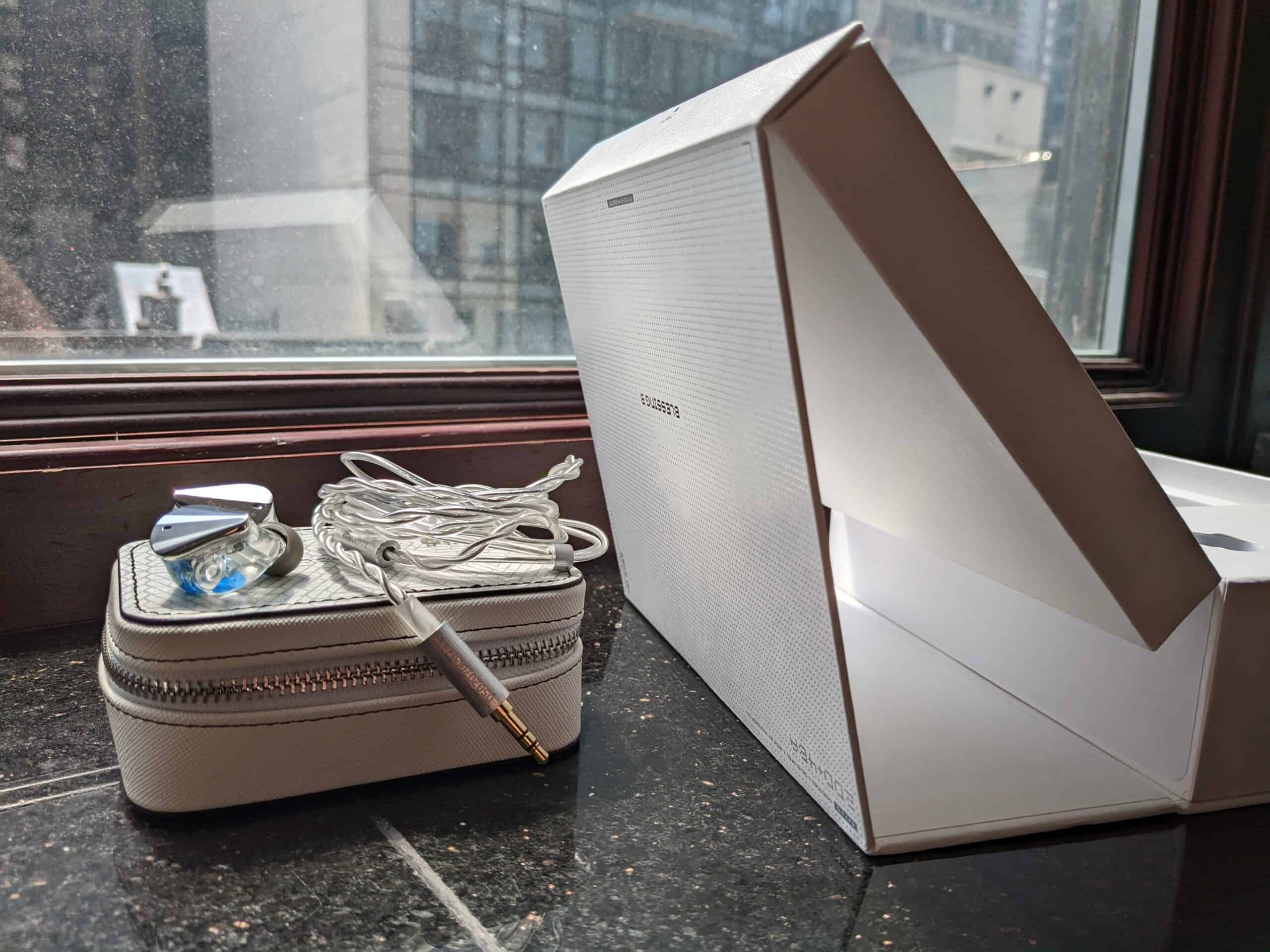
As for the signature Waifus on the box – no. Look elsewhere for that comparison, if you must.
Technical Design and Specs
The most significant upgrade we see in the Moondrop Blessing 3 is an additional 10mm dynamic driver on top of the 1 DD and 4 BA driver configuration found in the Blessing 2. I’m frankly pretty amazed that we’re seeing a hybrid 6 driver IEM being offered for $319, and even more impressed that two of those drivers are 10mm dynamics. Though more drivers doesn’t inherently make an IEM better, Moondrop put some promising work into their configuration. The two DD’s are installed close together and symmetrically to one another using 3D printed components, which serve to compose a “physical bandpass filter comprising two independent filtering structures and damping devices, thereby facilitating acoustic adjustment.” (Phrasing taken from MoonDrop). This technical design element is catchily referred to as H.O.D.D.D.U.S. (Horizontally Opposed Dual Dynamic Drivers Unit System). Each of the dynamic drivers are equipped with a paper dome, which serves to damper resonances and preserve driver accuracy.
| Spec | Moondrop Blessing 2 | Moondrop Blessing 3 |
| Frequency Response | 9 Hz – 37 kHz | 10 Hz – 30 kHz |
| Sensitivity | 117 dB | 120 dB |
| Impedance | 22 ohms | 14.8 ohms |
| Drivers | 1 DD, 4 BA | 2 DD, 4 BA |
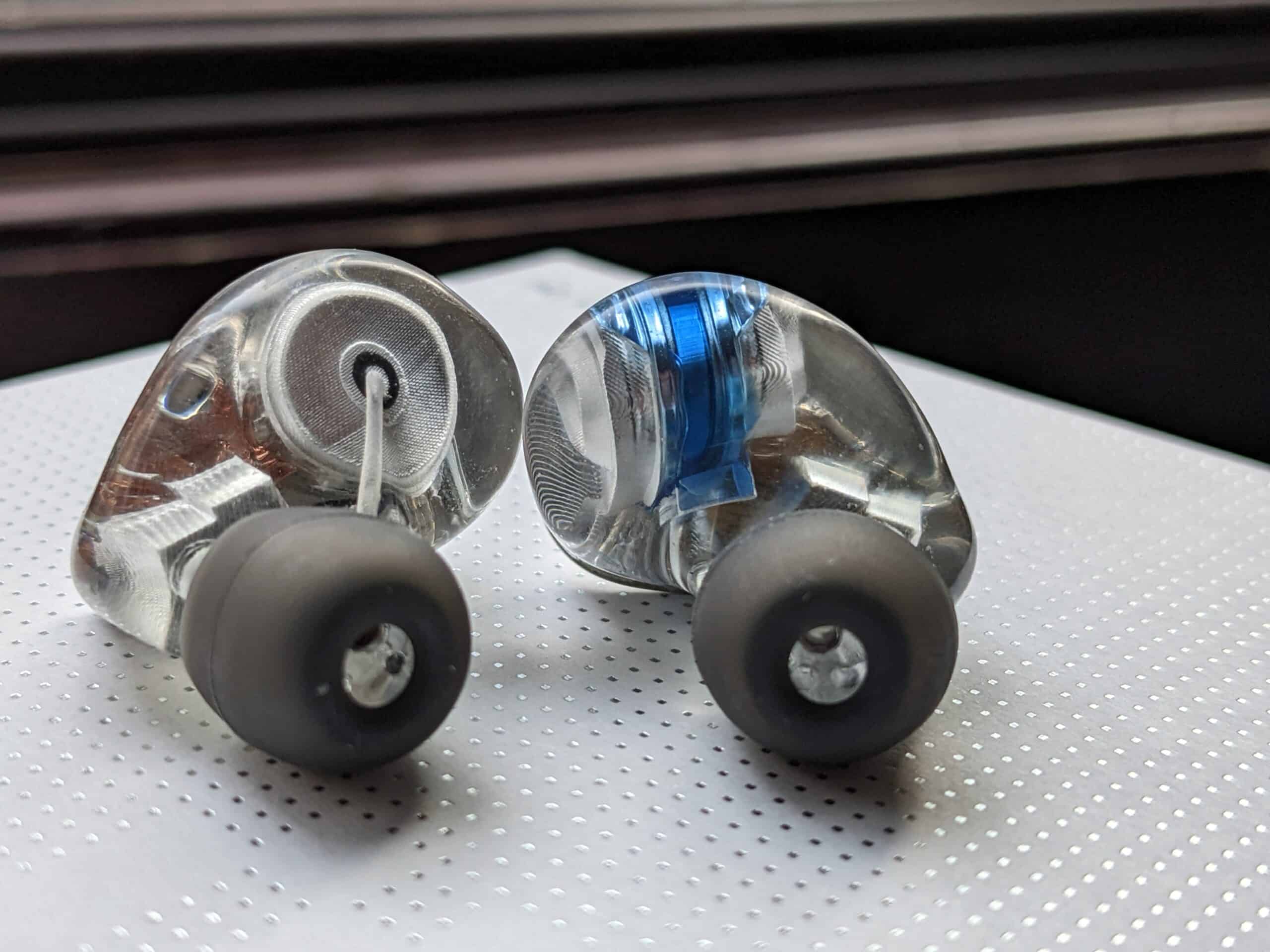
Soundstage and Imaging
While most of the audible differences we have to cover are found in the balances of the Blessing 2 and 3, I experienced some pretty noticeable soundstage enhancements in the Blessing 3 over the course of my listens. The first difference I noticed was, in fact, a result of the new tuning and additional dynamic driver: the beefier low end on the Blessing 3 lays the groundwork for a more significant bass slam which produced an internal 3D quality that I felt on the back of my head.
Beyond this extra internal depth, I was pleased to hear an additional external depth. While I found the width of the soundstage to be fairly equitable between the two IEMs, the Blessing 2 often struggles to push an external holographic quality into its stage, mostly placing parts close to or on top of my face. The Blessing 3 retains some of this on-the-face imaging, but seems more proficient in breaking out beyond the face and producing more dynamic distances and proximities.
Balance Comparison Between The Blessing 3 and Blessing 2
As I’ve already mentioned in the previous section, the Blessing 3 features a more powerful and fortified low end than what we heard in the Blessing 2. While the Blessing 2’s tuning saw an amplified low end that gradually decreased in amplitude as it slid into it’s mid range, the Blessing 3 trades some high bass amplitude for more sub and mid bass presence. I’m very appreciative of this trade off, as it adds articulate pronunciation to parts such as kick drums. I sometimes find the Blessing 2 a little too neutral and flat, sometimes struggling to produce a dramatic low end impact. While I’m usually only able to get a satisfying bass slam from the Blessing 2 at higher listening levels, while the Blessing 3 has its slam built into it.
When it comes to mid range, this is probably what has changed the least – and I don’t mind that a bit. My impression of the Blessings as a whole is that their fairly neutral character is anchored in their straight forward mid ranges. Vocals, guitars – in general, all parts that compose the driving core of a mixe – come through naturally without much additional flavor. In short, MoonDrop’s Blessings have had pretty solid and neutral midranges, and the Blessing 3 isn’t trying to fix what wasn’t broken.
Changes made to the treble region are a bit more subtle, but are nonetheless apparent. These differences presented in timbre more than tone, which leads me to think that adjustments were made in the uppermost treble region – specifically, a little more attenuation in the Blessing 3’s upper treble. While I’m all for the upper treble detail retrieval we hear in the Blessing 2, I the Blessing 3 takes on a smoother quality as a result of this tuning change – but more than smooth, the upper treble levels serve to contextualize the rest of the balance in their wake, with the Blessing 3 having what I can only describe as more body and meat.
Overall
To each their own, but for me, this one isn’t a close call: MoonDrop’s Blessing 3 only serves to improve upon the framework of its predecessors. This isn’t to say it’s a totally different sound – far from it, it will definitely sound plenty familiar to Blessing 2 owners. But the extra impact in the low end and increased depth in the sound stage essentially fully remedied my issues I had with the Blessing 2. So with that said, should Blessing 2 owners run out right now to get the 3? Maybe – the upgrades are there, and they’re easily perceivable, but I don’t want to blow them out of proportion. I’ll leave it at this: if you’re a Blessing 2 owner, the 3 is absolutely worthy of hearing for yourself, even if you end up deciding that you’re happy with what you already have.
The Moondrop Blessing 3 can be purchased here and the Moondrop Blessing 2 can be purchased here from Audio46.
MAJORHIFI may receive commissions from retail offers.


